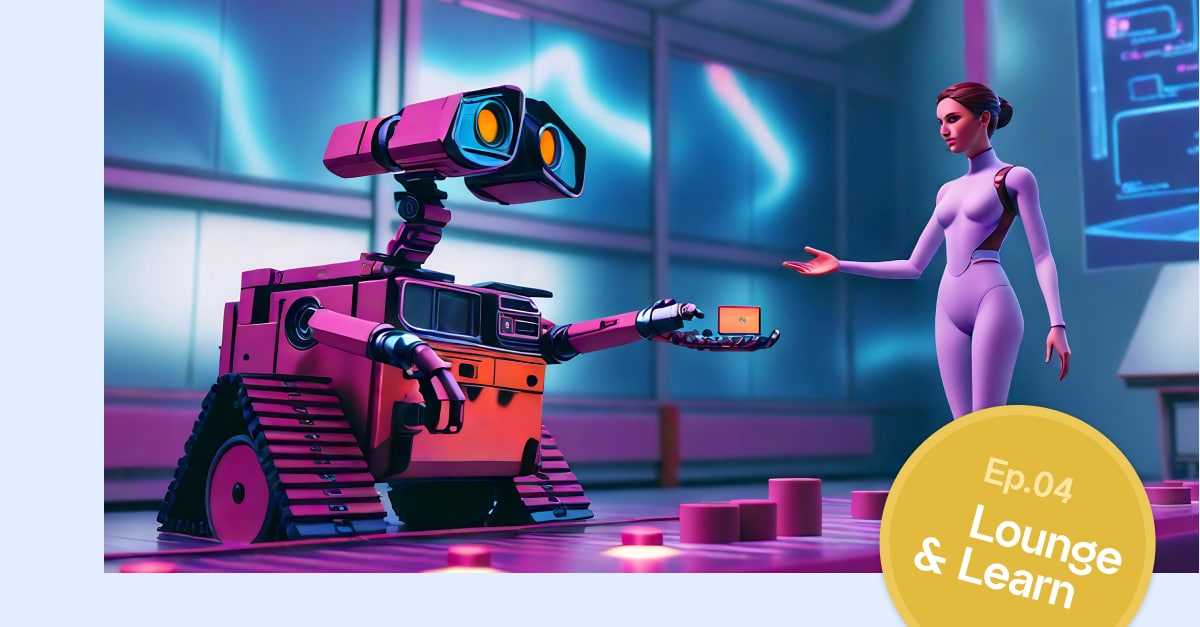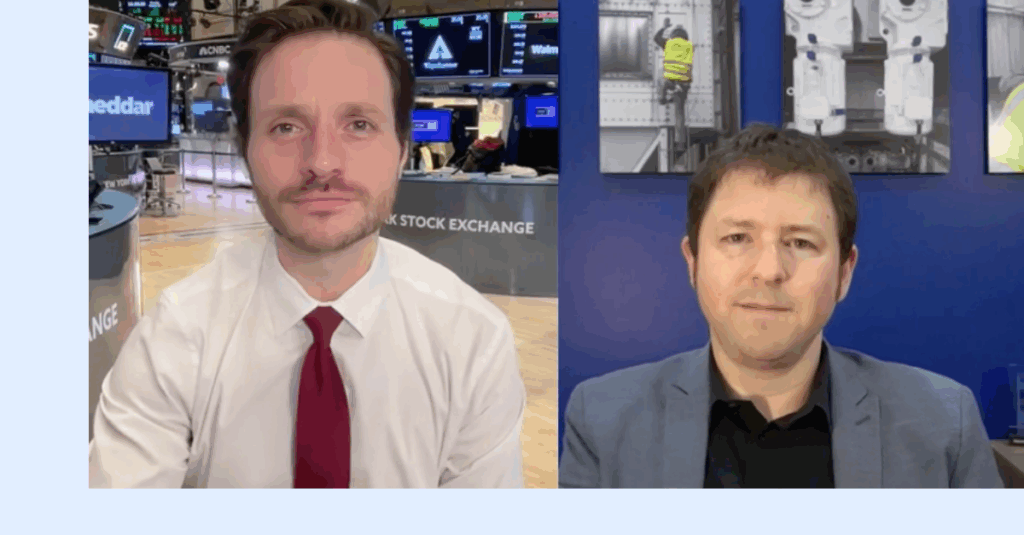
Why read those endless reports from McKinsey and their ilk when you can relax on the couch and watch AI-themed science fiction movies? As long as you don’t get distracted by all the killer robots, you can learn a lot about the why and how of applying AI to manufacturing. In this fourth edition of Lounge & Learn, we dive into Wall-E and Her to explore what makes for a good digital work buddy.
Wall-E (2008): Sustainable Maintenance and Longevity
Wall-E is a story about automation, sustainability, machine longevity, and, above all, perseverance. As such, the titular robot is very much the face of Industry 4.0‘s goals. The plucky little machine represents the ideal of sustainable automated systems: operating efficiently for centuries while conducting continuous self-maintenance and repairs.
The fact that Pixar’s adorable robot can keep functioning despite decades of isolation teaches manufacturers:
- The importance of modular design
- Creative repair and self-maintenance techniques
- Extending equipment lifecycle through intelligent management
- Reducing waste through smart maintenance strategies
All machines should be more like Wall-E – cute, resilient, adaptable, and capable of thriving in challenging environments.
In fact, all of us humans should also aspire to be more like Wall-E.
How Settling Into Your Couch Can Fast-Track Your Industry 4.0 Journey
For manufacturers, science fiction movies aren’t just escapist entertainment. From interactive machines to predictive technologies, many films offer a surprisingly accurate roadmap for digital transformation. So, buckle up! We’re about to take a wild ride.
Welcome to the series ‘Lounge & Learn’!
Read Part 1: ‘Watching 2001 and Blade Runner For Industry 4.0 Insights‘.
Read Part 2: ‘Where The Terminator Meets Production Metrics‘
Read Part 3: ‘Where Data Is The New Black And Robots Know Not To Slap‘
Her (2013): Scarlett Johansson Is My Copilot
Who knew a movie about a guy falling in love with an AI has something to teach us about modern manufacturing? The lesson is simple: technology should be less “cold, calculating machine” and more “helpful work buddy who gets you”. But yes, it’s also important not to get carried away.
In Her, the AI Samantha (the voice of Scarlett Johansson) provides intuitive, conversational interaction. Similarly, modern manufacturing interfaces are evolving toward more natural, human-like communication with those maintaining and operating the machines.
Samantha’s ability to learn, adapt, and process vast amounts of information parallels today’s machine learning systems in smart factories. The film’s depiction of AI that understands context, nuance, and human needs mirrors the goals of modern industrial AI interfaces – creating systems that can truly understand and respond to human intentions and requirements.
So yes, if a Machine Health solution makes you happy, don’t let anything stand in your way.
“Resistance is futile. The benefits are just too great.”
Conclusion: Humans And Machines Are Born To Be Co-Stars
In short, Industry 4.0 is not about robots taking over. It’s about creating a workplace where technology is the ultimate wingman to the jobs we need to get done. Despite all the technological wizardry, the most important lesson from these films is fundamentally human: technology is a tool, not a replacement for human creativity, intuition, and strategic thinking.
In the manufacturing world, humans and machines are less “apocalyptic showdown” as it often goes in Hollywood films. The future isn’t about machines taking over – it’s about humans and machines working together in ways we’re only beginning to imagine.
And when it comes to Industry 4.0, resistance is futile. The benefits are just too great.
Stay tuned for more from the ‘Lounge & Learn’ series! Or reach out to learn more about getting the future in-house today.




